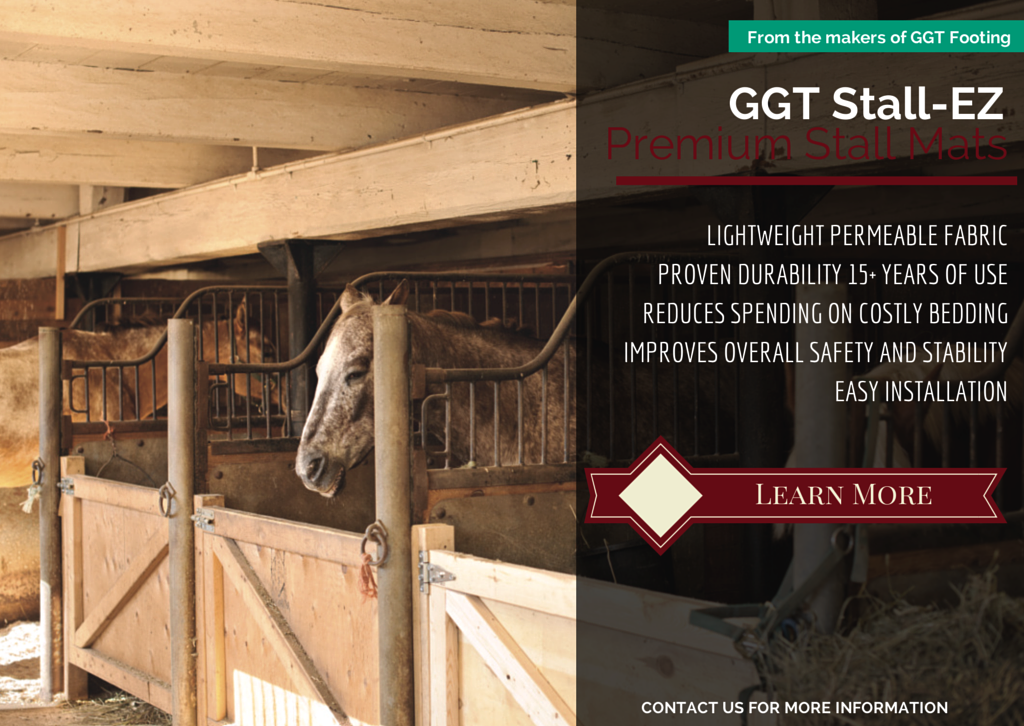More and more people are reconsidering the use of metal, nailed-on horse shoes. The health benefits to the horse of going barefoot are becoming more widely known. As barefoot trimmers become more readily available and commercial hoof boots continue to improve, the barefoot option looks more attractive each day.
Same Footing?
One question of interest is whether traditional arena footing works well with bare footed horses. Footing was developed to provide the correct amount of traction and cushion for a working horse- and usually the horses studied in the development of the footing were wearing metal shoes. Applying metal shoes to the feet affects the way the hoof absorbs shock and grips the ground. Therefore, it is entirely possible that footing that is ideal for a shod hoof will not be correct for a bare foot.
Too Soft
Some barefoot trimmers think that deep, soft sand-based footing is particularly bad for barefoot horses. They work best on a much firmer surface. However, deep, soft footing is just as bad for shod horses. Shod horses work better on a firm surface just like barefoot horses do. Excessively deep, soft footing is one of the worst surfaces to work horses on. It is physically difficult for horses to work on and it can cause tendon and ligament injuries as well as muscle soreness and foot soreness. Horses, shod or not, need a surface that allows them to push firmly against without sliding or sinking. That does not describe an excessively deep, soft sand-based footing.

Stabilizing Additives
Excessively deep, soft sand is not correct footing for any horse. Additives such as GGT textiles were invented in order to correct sand footing to make it appropriate for horses to work on. The GGT textiles stabilize the sand so it doesn't slide away underfoot, and it makes the surface firmer and gives it more traction for the hoof, shod or not. Sand-based arenas should also be watered sufficiently to make them firm instead of soft- think of the remarkable difference between running on wet beach sand along the shore versus trying to run on the dry sand further inland.
Too Hard
Some barefoot trimmers think that even firm, stabilized sand is too soft for barefoot horses, and they suggest using a thin layer of pea gravel over a good base. However, their suggestions about pea gravel seem to only consider the hoof- the pea gravel is hard and abrasive, and is expected to help trim and keep the barefoot hoof in hard, firm condition. While it may be good for the hoof to work on rock-hard footing, it is definitely not good for the rest of the horse's body. Repeated concussion against pea gravel will almost certainly cause excessive wear and tear on the joints.
A good arena footing for a shod horse should also be a good arena footing for horses with barefoot trims. The footing should be firm, but not hard as a rock- it should have some shock-absorbing properties to help protect the horse's joints. It should provide good traction, with no slipping or sliding.
If you have any questions or concerns about your current arena footing, or are considering changing it, don't hesitate to contact us.


